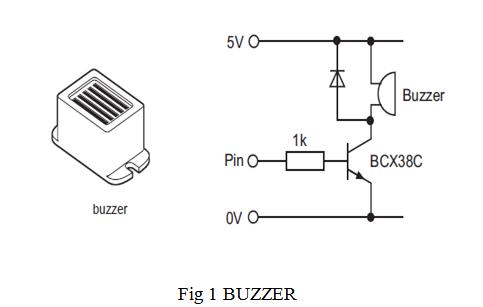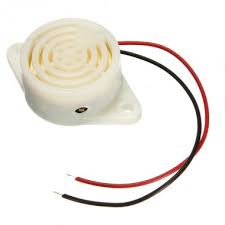
Applications
/* Name : main.c
* Purpose : Source code for BUZZER Interfacing with AT89C52.
* Author : Gemicates
* Date : 2014-01-17
* Website : www.gemicates.com
* Revision : None
*/
#include <REGX52.H> // header file for AT89c52 series
#define input P1
sbit Buzzer=P3^2; // GPIO direction register declaration
void delay(unsigned int count);
void main() // main function
{
input = 0xFF; // Port 1 make as a output port
while(1)
{
switch(input) // Switch statement
{
case 0xFE:
Buzzer = 0;
delay(100);
Buzzer = 1;
delay(100);
break;
case 0xFD:
Buzzer = 0;
delay(100);
Buzzer = 1;
delay(100);
break;
case 0xFB:
Buzzer = 1;
delay(100);
Buzzer = 0;
delay(100);
break;
case 0xF7:
Buzzer = 1;
delay(100);
Buzzer = 0;
delay(100);
break;
case 0xEF:
Buzzer = 1;
delay(100);
Buzzer = 0;
delay(100);
break;
case 0xDF:
Buzzer = 1;
delay(100);
Buzzer = 0;
delay(100);
break;
case 0xBF:
Buzzer = 1;
delay(100);
Buzzer = 0;
delay(100);
break;
case 0x7F:
Buzzer = 1;
delay(100);
Buzzer = 0;
delay(100);
break;
}
}
}
void delay(unsigned int count) //delay function declaration
{
int i,j;
for(i=0;i<count;i++)
for(j=0;j<12750;j++);
}


